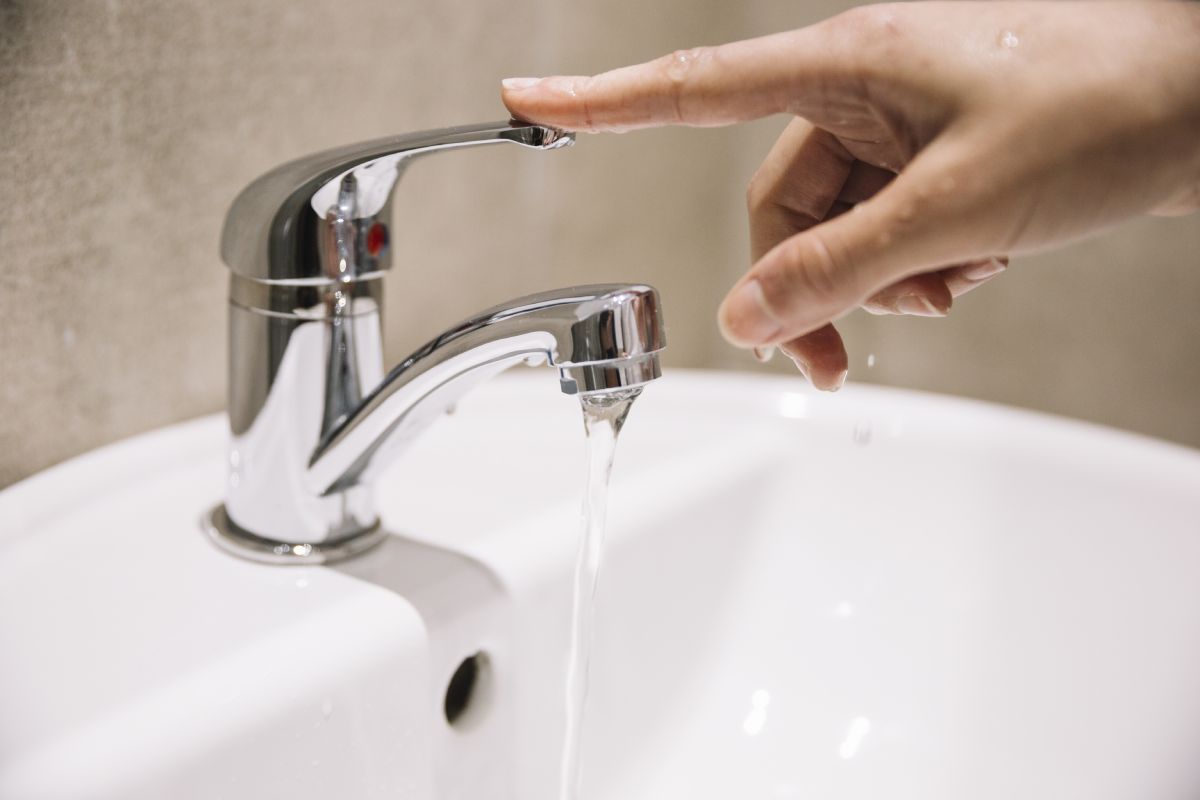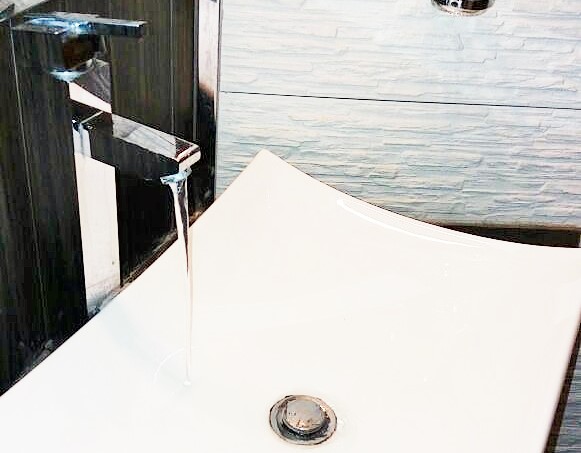An Handbook to Addressing Low Water Pressure in Your Home
An Handbook to Addressing Low Water Pressure in Your Home
Blog Article
Listed here on the next paragraphs yow will discover more dependable content regarding Low Water Pressure in the House?.

Low tide pressure in your home can be an aggravating issue, affecting whatever from bathing to washing recipes. If you're experiencing weak water flow, there are numerous possible causes and options to explore. In this guide, we'll go over typical reasons for low tide stress and sensible steps to attend to the concern effectively.
Introduction to Low Water Stress
Low water pressure happens when the flow of water from your faucets, showers, and various other components is weak than normal. This can make everyday tasks extra tough and less effective. Comprehending the root causes of low tide pressure is vital to discovering the best solution.
Common Sources Of Low Tide Stress
Faulty Pressure Regulators
Stress regulatory authorities are responsible for preserving constant water stress in your home. If they malfunction, it can cause low tide stress or unequal circulation throughout your house.
Local Water Supply Issues
Sometimes, the trouble exists outside your home. Metropolitan water system concerns, such as main line leakages or upkeep work, can briefly lower water pressure in your area.
Pipe Obstructions
Gradually, pipelines can come to be blocked with natural resource, debris, or particles, limiting the circulation of water. This is a common issue in older homes with galvanized steel pipes.
Rust
Rust within pipes can bring about leakages and lowered water stress. Rust buildup can tighten water flow, particularly in maturing plumbing systems.
How to Detect Low Tide Pressure
Inspecting Pipelines
Evaluate visible pipelines for indications of leakages, deterioration, or blockages. Take notice of any unusual audios, such as knocking or rattling pipes, which could indicate issues within the plumbing system.
Consulting with a Plumber
If you're not able to pinpoint the reason for low tide stress, think about working with a specialist plumber to conduct a comprehensive inspection. They can recognize underlying problems and advise suitable remedies.
Inspecting Faucets and Components
Beginning by checking the water stress at different taps and fixtures throughout your home. If the issue is isolated to details areas, it may indicate local issues.
DIY Solutions to Take Care Of Low Tide Pressure
Flushing Water Heater
Sediment build-up in the water heater can restrict flow and minimize efficiency. Flushing the container occasionally aids eliminate debris and preserve optimum performance.
Inspecting Pressure Regulator
Guarantee that the pressure regulator is functioning properly. Adjusting or replacing the regulatory authority can assist bring back correct water stress throughout your home.
Cleaning Up Aerators and Showerheads
Mineral deposits can collect in aerators and showerheads, minimizing water flow. Eliminate and clean these components frequently to boost water stress.
Clearing Up Clogs in Piping
For minor obstructions, attempt utilizing a plumbing serpent or chemical drain cleaner to clear obstructions in pipes. Beware when utilizing chemicals and follow safety guidelines.
When to Call a Professional Plumber
If do it yourself efforts fail to settle the issue or if you believe considerable plumbing troubles, it's finest to look for aid from a qualified plumber. They have the expertise and tools to deal with complicated problems securely and successfully.
Safety Nets to Maintain Water Pressure
Setting Up a Stress Booster
Consider installing a stress booster pump to improve water pressure in locations with continually low circulation. This can be particularly valuable for multi-story homes or residential properties with high-demand fixtures.
Surveillance Water Usage
Bear in mind water usage practices and avoid ill-using the plumbing system. Simple adjustments, such as incredible showers and laundry lots, can aid keep sufficient water stress.
Normal Upkeep
Set up regular maintenance for your plumbing system to prevent problems such as corrosion, leaks, and obstructions. Dealing with small troubles early can assist avoid even more considerable repair services later on.
Verdict
Managing low tide stress can be frustrating, yet determining the underlying causes and executing suitable services can recover ideal circulation throughout your home. Whether it's cleaning up aerators, inspecting pipes, or speaking with a plumber, taking positive actions can guarantee a constant supply of water for your everyday requirements.
FOUR WAYS TO FIX LOW WATER PRESSURE NOW
Turning on a shower or faucet only to find the water comes out in a sad, slow drizzle is never a good feeling. How exactly are you supposed to wash a pan or take a quick shower when it takes 10 minutes just to rinse off a little soap? The good news is that when your water pressure is bad, there's always a cause: typically one that can be easily fixed. Here are some of the most common causes of low pressure and what you can do to fix the issue:
DEBRIS AND MINERAL DEPOSIT BUILDUPS
If you notice low water pressure from just one or two of the fixtures in your house, the problem likely has to do with debris buildup. Water is full of minerals and other debris, all of which can accumulate in your pipes and on your fixtures. This can cause a blockage that affects how much water flows through. To fix this, try filling a small plastic bag with white vinegar, and use a rubber band to hang it around your showerhead or faucet. Let the head of the fixture soak for a few hours, and the vinegar should loosen the deposits.
WATER LEAKS
Leaks are another common cause of low water pressure. If water is flowing out of your plumbing through a hole or crack before it can reach your fixture, the pressure coming out of the faucet or showerhead will be lower. A plumbing professional is your best bet for finding and repairing a leak in your water supply pipes.
Leaks are another common cause of low water pressure. If water is flowing out of your plumbing through a hole or crack before it can reach your fixture, the pressure coming out of the faucet or showerhead will be lower. A plumbing professional is your best bet for finding and repairing a leak in your water supply pipes.
A VALVE ISSUE
If you have low water pressure throughout your home, check your main shut-off valve to make sure it's completely open. You may also want to see if there's a pressure-reducing valve installed. If there is, have a plumber help you adjust the settings to get the pressure you're looking for.
OTHERS USING WATER
Believe it or not, your low water pressure could be caused by your neighbors. If you notice low pressure at certain times of day, it may be because you and the people living next to you have similar schedules - when everyone is showering at the same time, the pressure will be lower in every home. Low pressure throughout the neighborhood may also be caused by an issue with your municipal water supply. If that's the case, call the supplier to see if they're working on the issue.
https://www.rotorooter.com/blog/water-leaking/low-water-pressure-fixes/

I recently found that entry on 9 Reasons for Low Water Pressure in Your House while doing research the web. Are you aware of someone else who is truly interested in Dealing with Low Water Pressure in Your Home? Be sure promote it. Thanks a lot for your time spent reading it.
Call Today Report this page